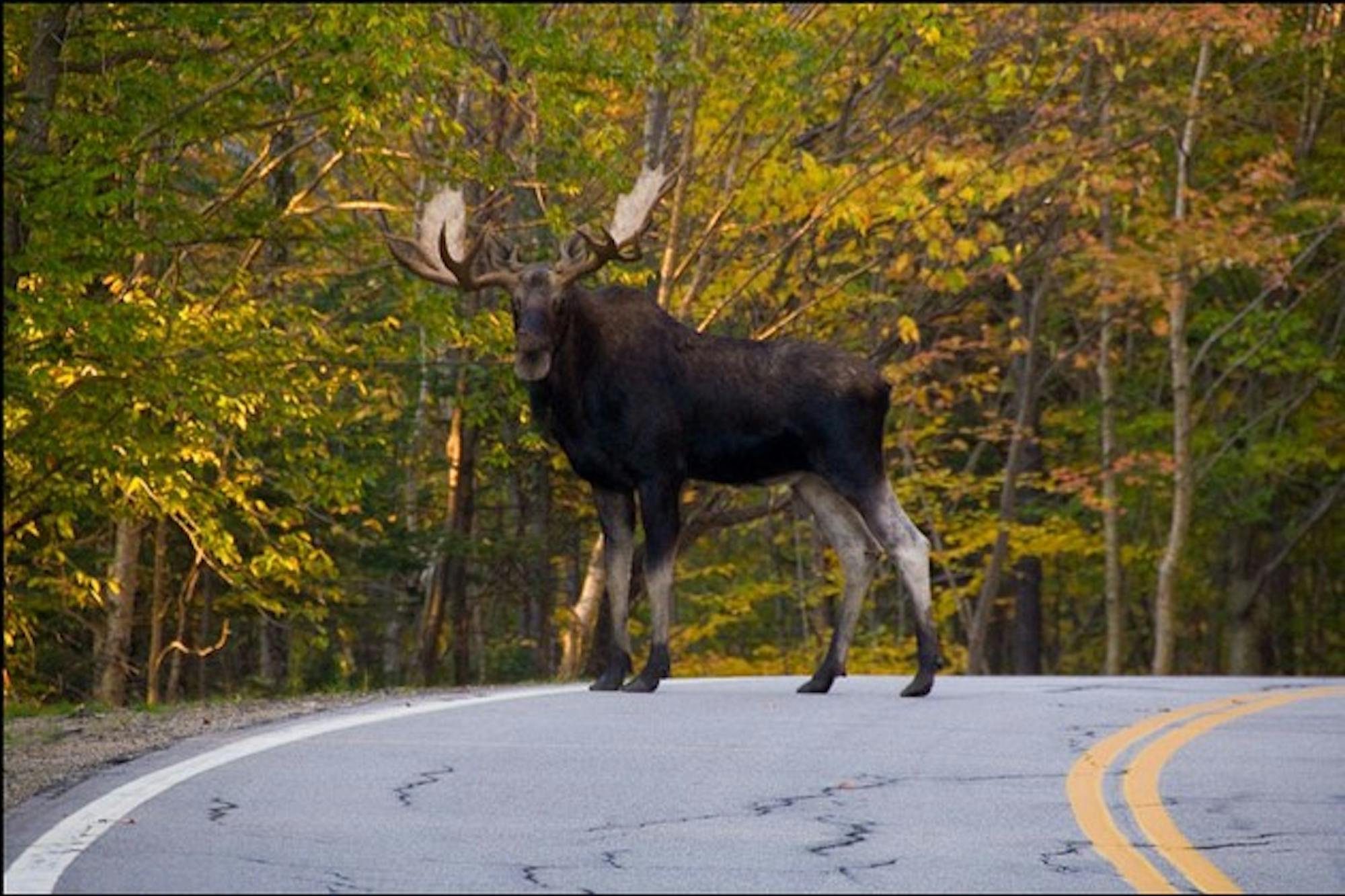Editor's note: This is the first installment in a weekly series profiling alumni artists currently living in the Upper Valley.
For many incoming students, Dartmouth Outing Club First-Year Trips are five days of communing with nature, bonding with class mates and not showering. For Eli Burakian '00, it was the beginning of a long and meaningful relationship with Mt. Moosilauke.
"Mt. Moosilauke is one of the places I love most in the whole world," Burakian said in an interview with The Dartmouth. "It is, without a doubt, the most significant part of my Dartmouth experience."
Burakian loved Moosilauke and the Upper Valley landscape, and stayed after graduation in order to pursue his passion for landscape photography. In July 2009, Burakian released his book "Moosilauke: Portrait of a Mountain," a collection of photographs and musings dedicated to the majestic splendor of one of Dartmouth's most iconic landmarks.
The photos and essays in Burakian's book reflect his love and familiarity of Mt. Moosilauke. The first chapter focuses on the people and history of the mountain and the Ravine Lodge. Burakian shares with readers memories of his experience as a member of the Moosilauke Lodge crew, for example once cooking 12 dozen eggs in a single pan for over 45 minutes.
Each subsequent chapter focuses on one season. Interspersed between the chapters are essays written by guest contributors.
Burakian's book is both visually stunning and substantively educational. His photos of the mountain mark it as a place teeming with life, color and variety, while the accompanying essays inform readers about the mountain's forest, Moosilauke's stretch of the Appalachian Trail and the geology of the land.
Burakian said he spent approximately 18 months taking all the photographs in his book. During one of his photographic expeditions, Burakian came across evidence of one of Mt. Moosilauke's most notorious characters Doc Benton, a mythical old man that, according to legend, haunts the mountain and murders travelers, leaving a signature red dot on their necks. Burakian said he had been staying at a cabin one night with a friend and hearing some crashes in the middle of the night. The next morning, he and his friend discovered the freshly dead carcass of a moose, with its antlers smashed and a red dot on its neck.
Despite his eerie brush with the occult, Burakian maintains that he is immensely at home on the trails of Mt. Moosilauke.
"I just don't think of it as a risk," Burakian said. "It's just what you're comfortable with and I've spent so much time out there that I really am comfortable."
An avid hiker, Burakian said he initially took up photography as a way to provide a sense of purpose for himself while trekking through the wilderness.
"I'm not lonely when I hike. Instead of me just being alone in the woods, I'm there, I'm working," Burakian said. "Whenever I go hiking, I consider it work because I'm always thinking about the photograph."
As an entirely self-taught photographer, Burakian said he regards digital cameras as the ideal way to teach oneself about the process of photography.
"The thing that's so wonderful with digital photography is that you have instant feedback," he said. "You can take a picture and see it and what you'd like to change immediately ... It's the perfect self-improvement tool."
The advent of digital photography has given photographers like Burakian a great deal of freedom and control over their work, but greater accessibility also means more competition.
"It can be hard to find something unique that people want to see ... You have to be more creative, a lot more entrepreneurial," said Burakian.
For Burakian, that unique draw may be the emotional richness of his photos. The photographer said he views his art as a way to convey his feelings to others.
"I want the viewer to get the same emotional experience from looking at that photo of that flower as I got when I saw firsthand," Burakian said. "Whether or not the photo is an exact representation of what I saw, ... I want them to feel like they've experienced being there."
"Moosilauke: Portrait of a Mountain" is clearly a book that Burakian loves and deeply identifies with. As he flipped through his book during the interview, Burakian could provide a story to go with every picture. It became clear that each carefully chosen picture is a testament to Burakian's devotion to this mountain.
"I love traveling and seeing the world, but I want to live in Vermont for the rest of my life," he said. "It's just so lush ... and very intimate. I want to be here and I want my photography to represent my love for this area more than anything."
Burakian added that he hopes to expand into teaching others and leading nature photography trips in the future. This summer, he plans to hike through the Sierra Mountains and record instructional photography videos to be released online, potentially as podcasts along the way.
"The education aspect is really exciting for me because I love watching people discover their photos again," he said. "Something clicks and all of a sudden they take better photographs."
The book is available for purchase only through the artist's website, as Burakian published it himself.




